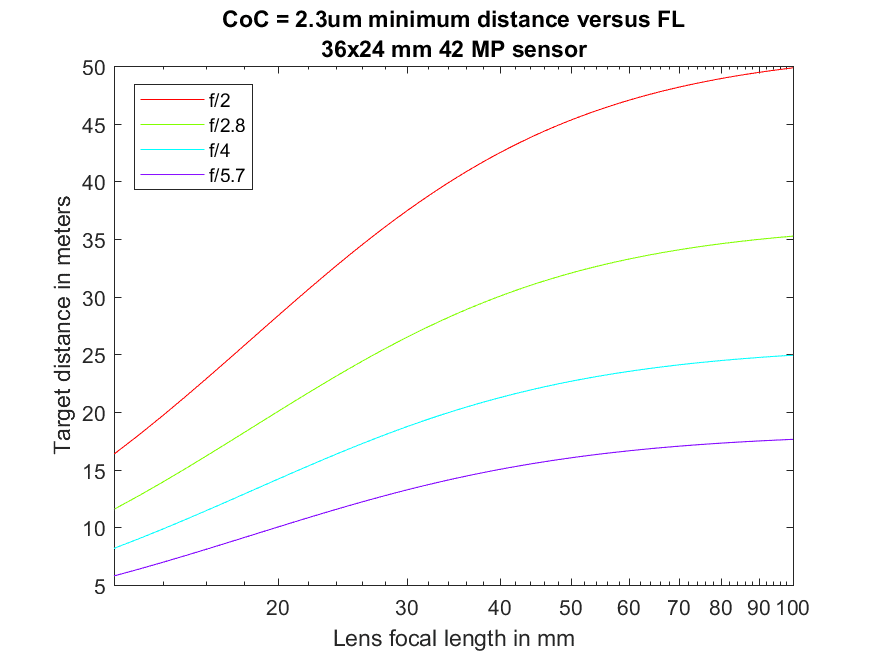On this page, I’ll walk you through a test of a Sony 12-24 mm f/4 lens on a Sony alpha 7R Mark II (a7RII) body. The lens turns out to be quite good.
We want to test the lens wide open at 18 mm. We consult the minimum distance chart:
We start at the bottom of the graph at the tick below 20 mm, and proceed straight up until we encounter the light-blue f/4 line. Then we move to the left until we can see that the minimum distance is about 13 meters.
Checking for target size:
We see that with a 410 mm target, the size on the sensor will be about 150 pixels, which is adequate. Since I had a slightly larger (570 mm) target handy, I used that.
Here’s what the full frame image looks like with the target centered:
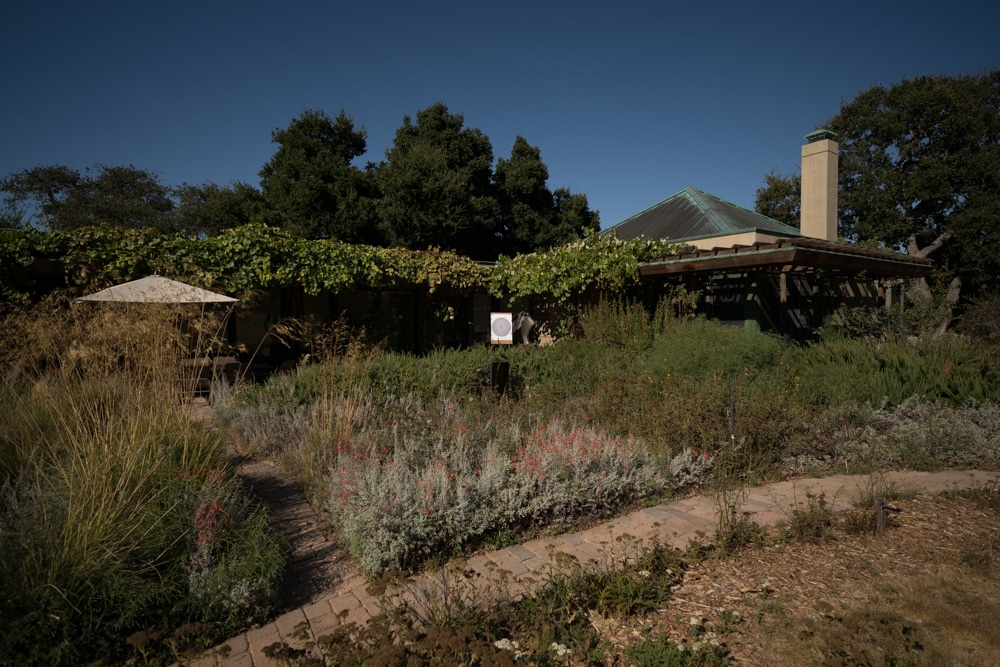
If we zoom in on a 339×253 pixel crop of the star:
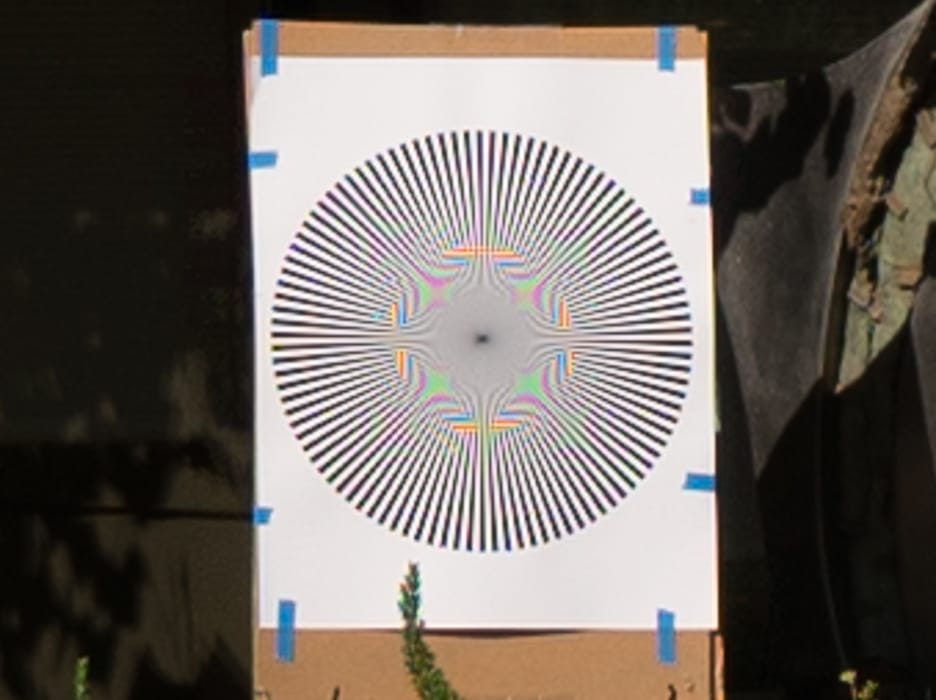
Both false color and a great deal of aliasing is visible, which indicate two things: this lens is sharp on-axis, and the image is in focus.
If we consider the images in opposite pairs we can look for differences that aren’t radially symmetric. If sufficiently bad, these departures from symmetry are indicators of improper assembly. I’m going to make all the crops the same size as the shot of the center: 339×253 pixels. That way you can get a sense of the resolution as the focal length changes. The reason the crop looks generous in the above image is that the star will get bigger in the corners, and I’m allowing for that.
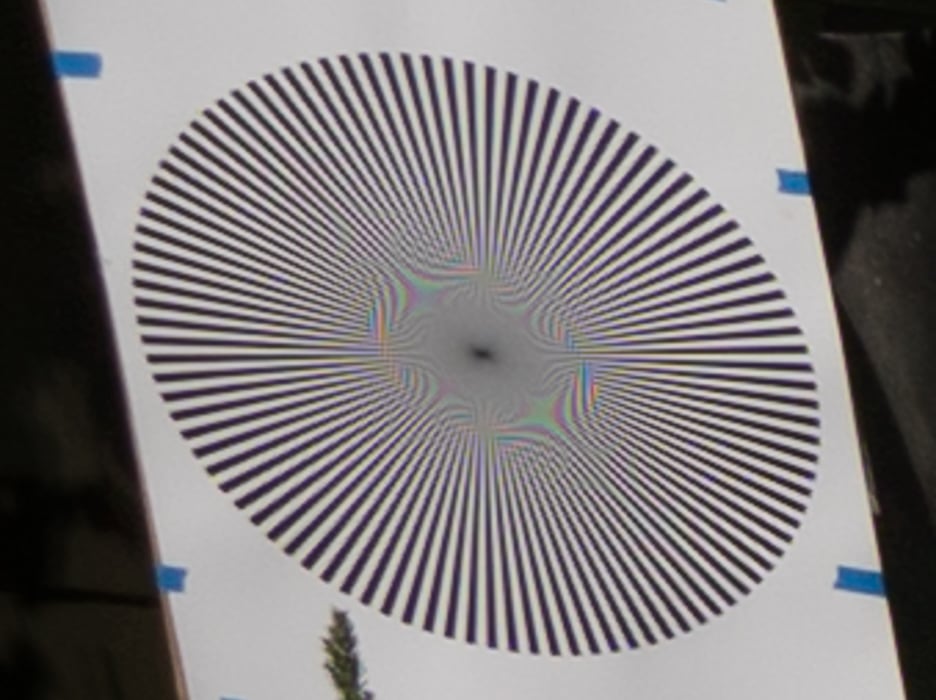
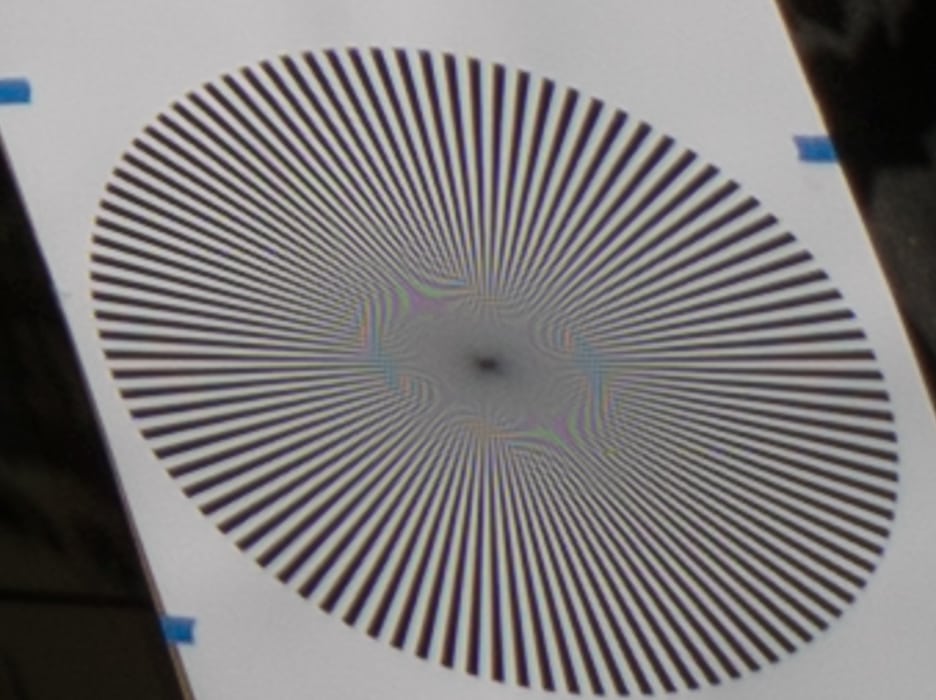
The upper left is a bit sharper than the lower right. The differences are so small that they will have no effect on real photography.
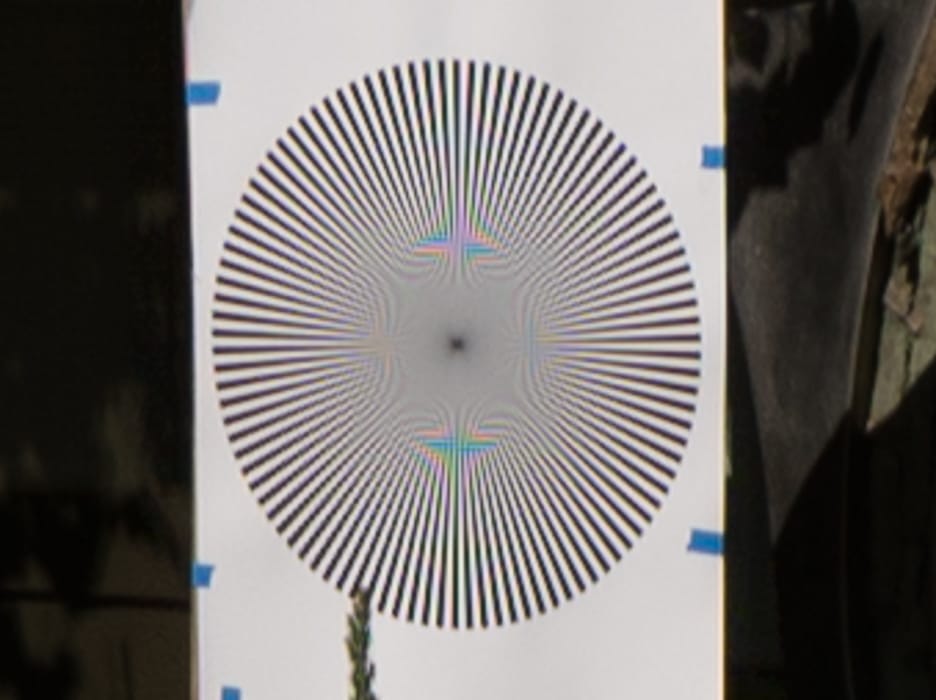
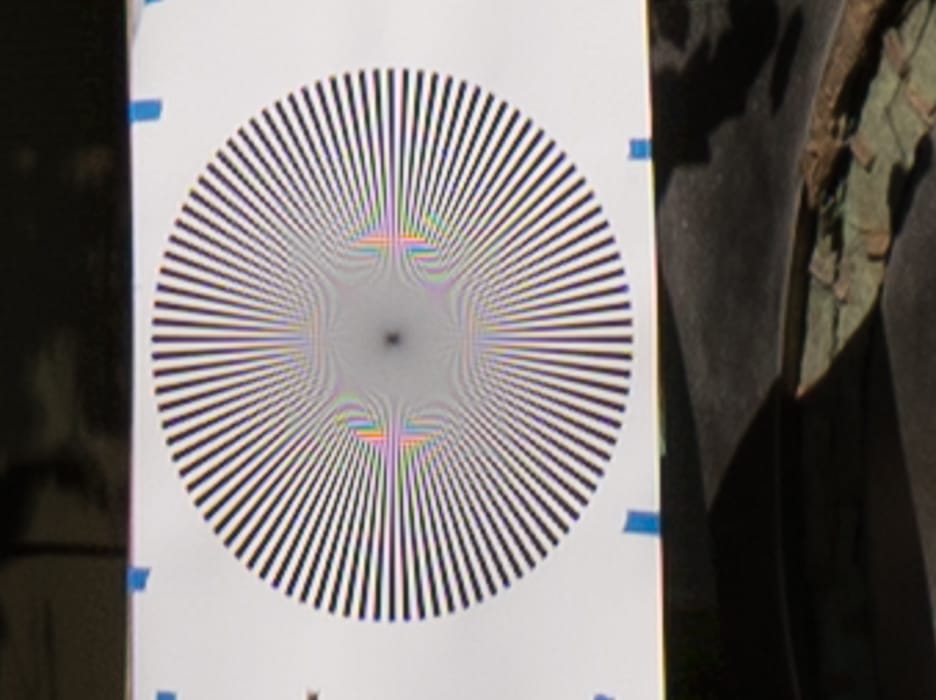
The lower middle is slightly sharper. Agan, this is not anything that wold affect actual photography.
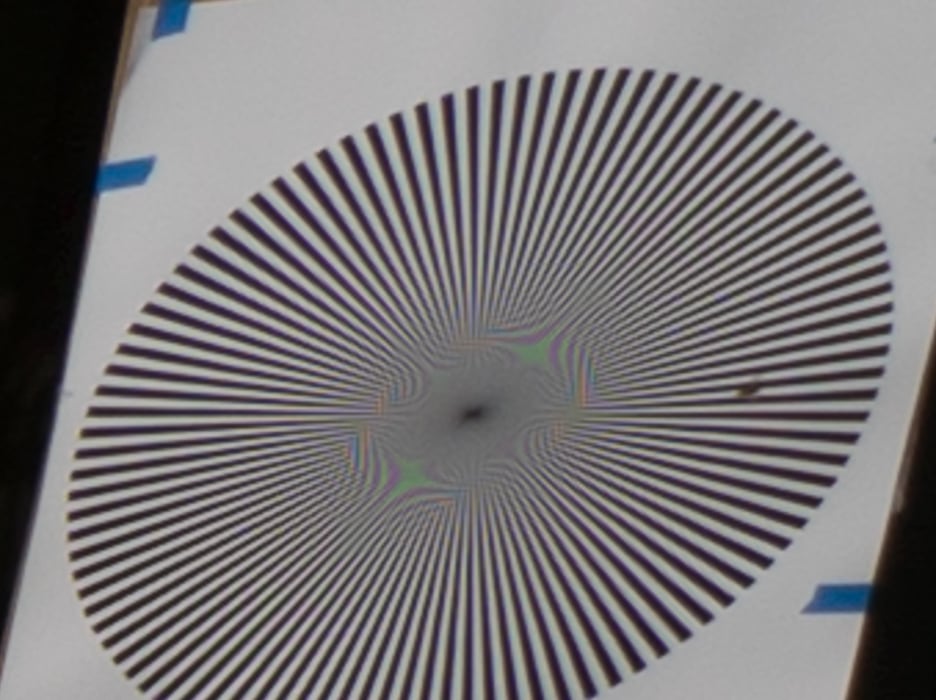
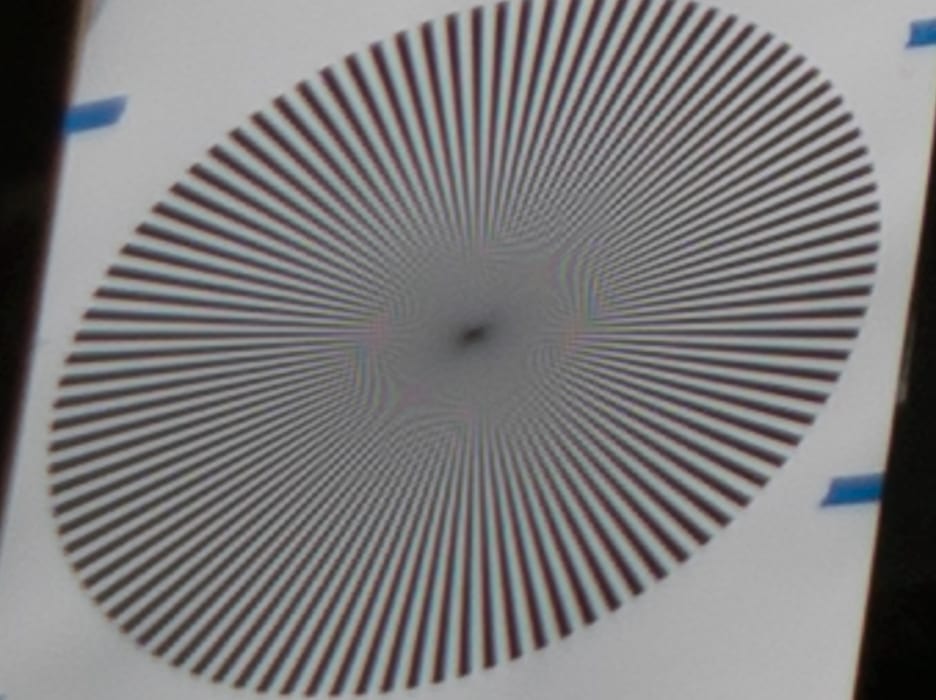
The top is slightly sharper.
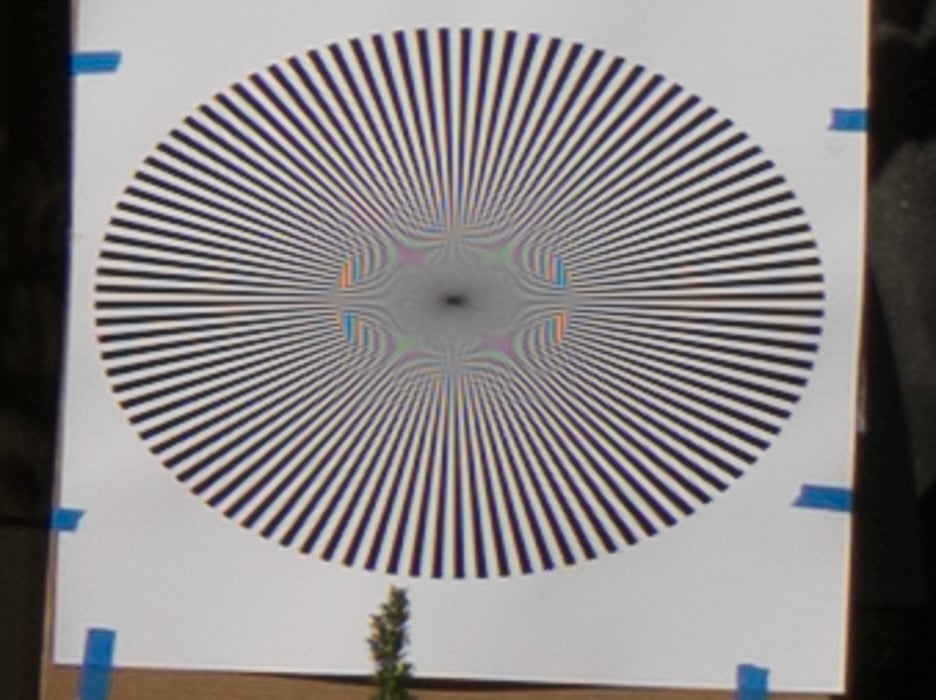
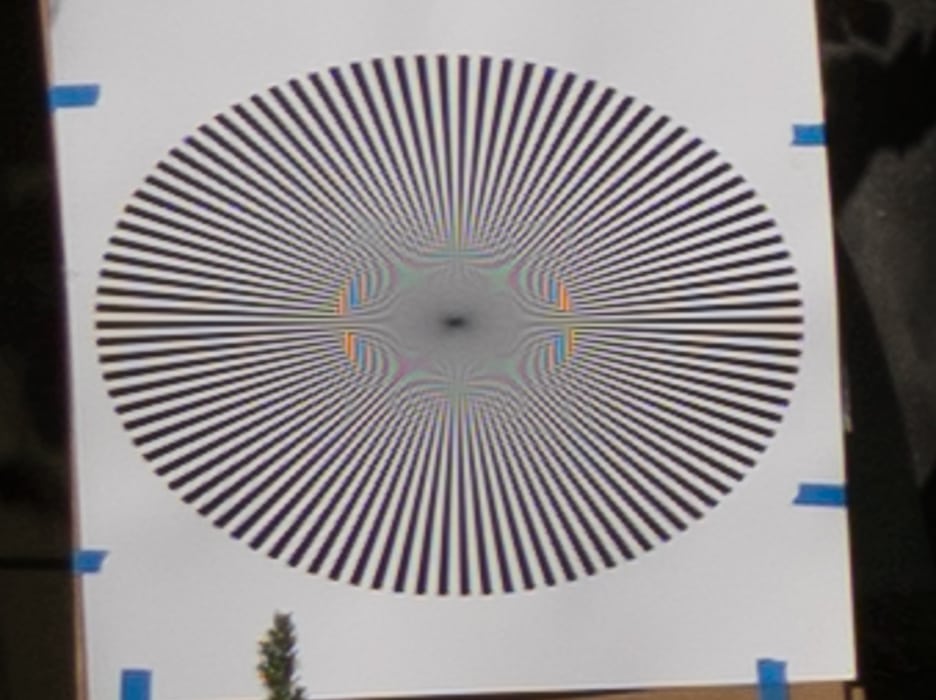
I call that a wash.
This is excellent performance, particularly for a zoom.
